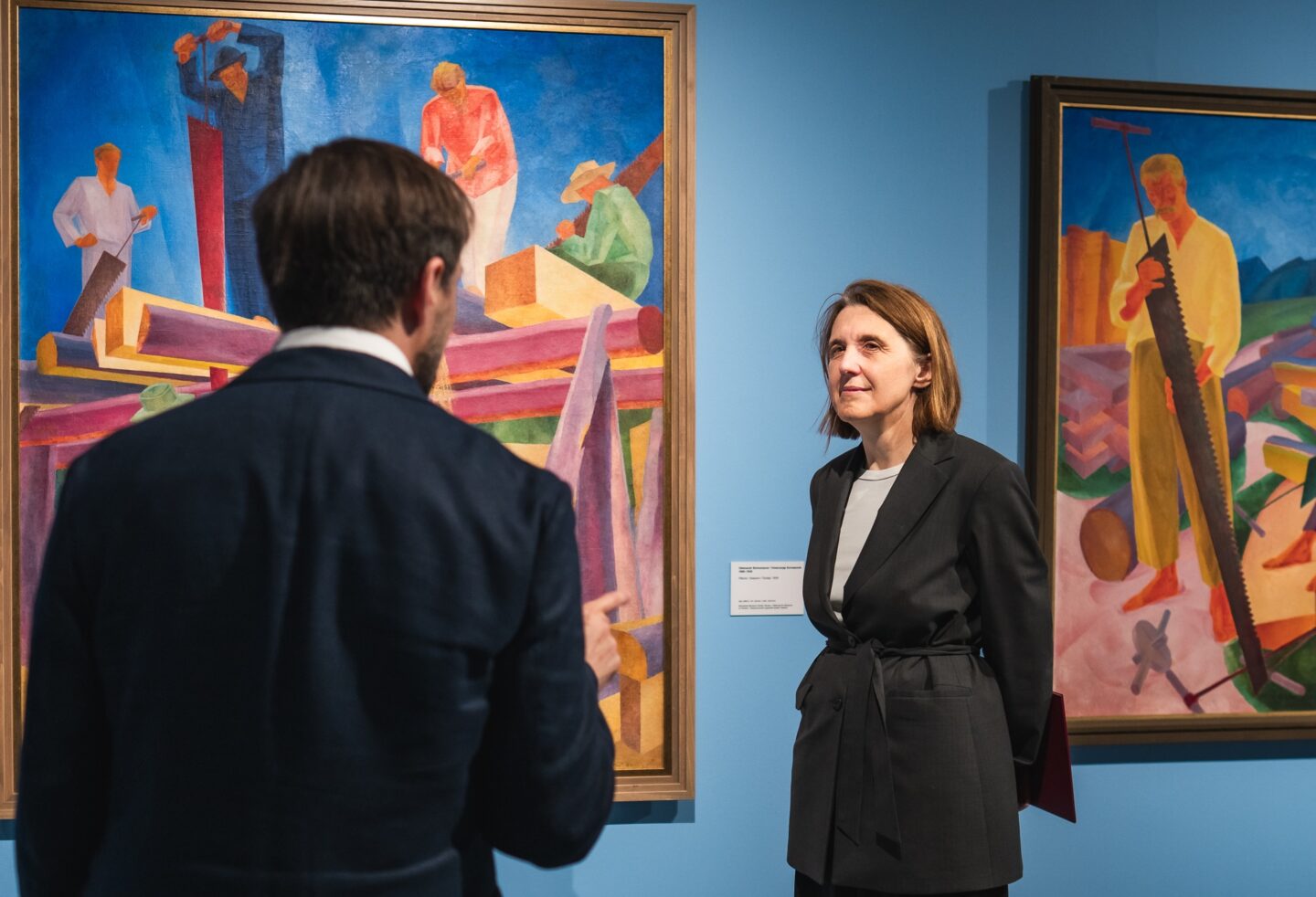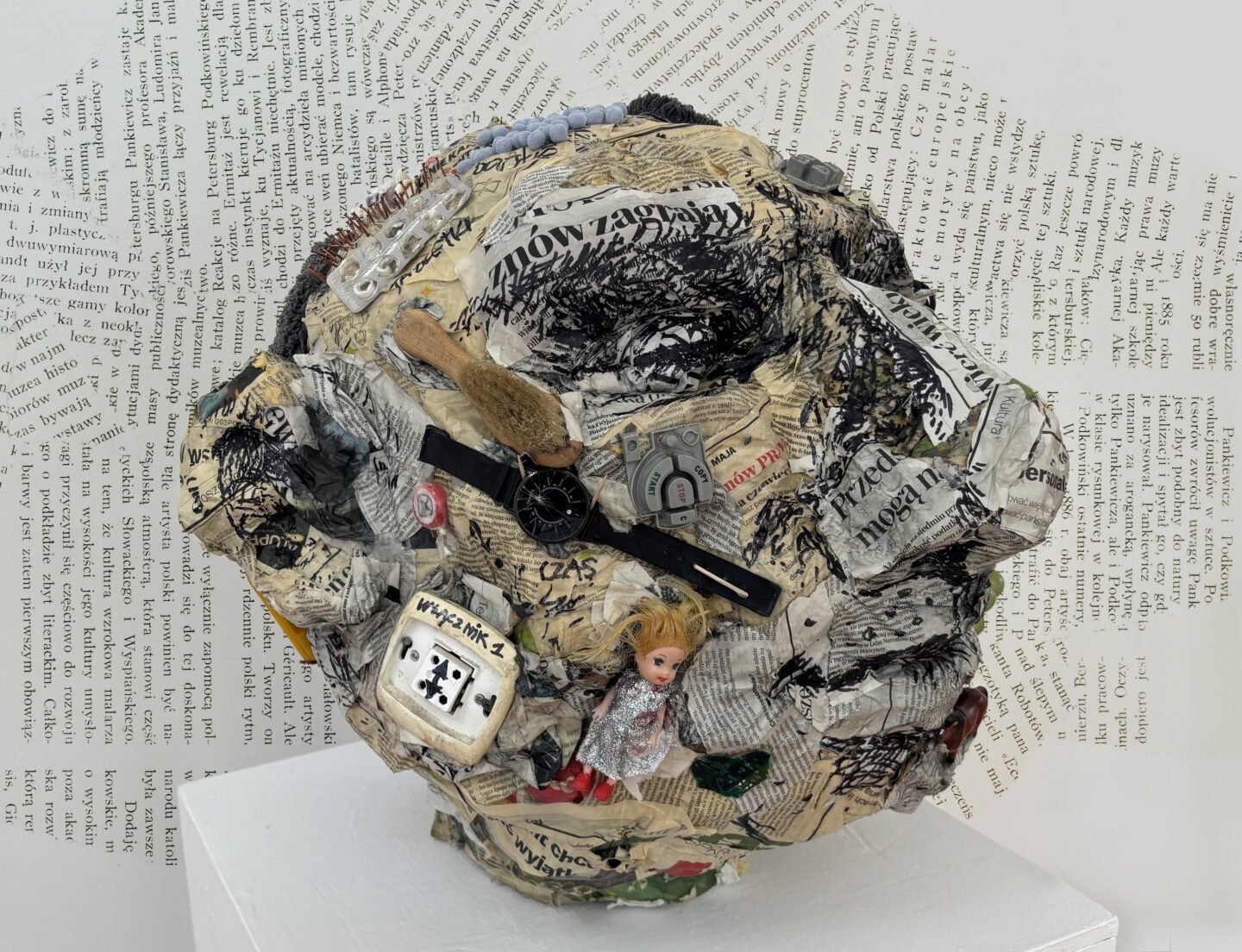„ZOMBIE TV Multichannel Memorial” w Galerii Curators’Lab [ENG/PL]
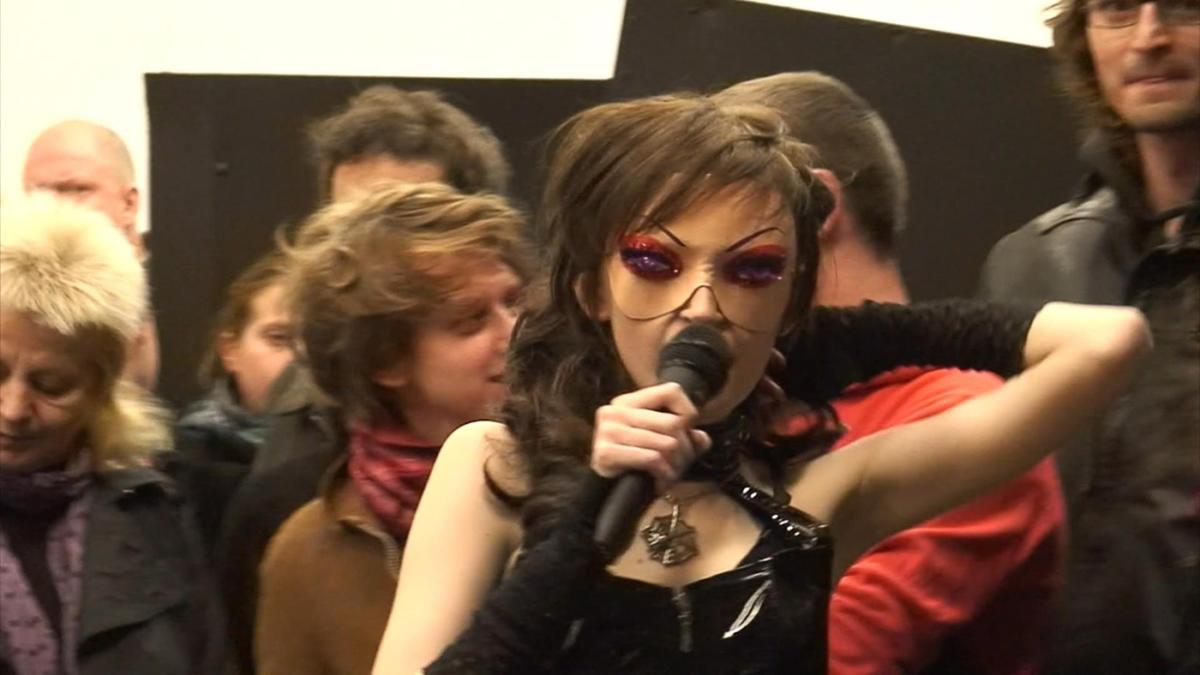
For English version scroll down
PL
Bohaterem wystawy jest zombie – telewizja jako żywy trup. Trudno jest określić dokładnie moment śmierci telewizji; w grę wchodziła tu raczej długa agonia, konwulsje tak dyskretne, że niemal niezauważalne. Łatwiej jest wskazać sprawców: internet i postęp technologii komunikacyjnych.
W XX wieku niejeden pucz zaczynał się od szturmu na miejscową wieżę telewizyjną. Kto kontrolował telewizję, ten kontrolował rzeczywistość. Los dyktatury „geniusza Karpat” Ceauşescu został przesądzony, kiedy zbuntowany lud zdobył wieżę radiowo-telewizyjną w Bukareszcie. Odbicie z rąk reżymu i obrona wieży telewizyjnej w Wilnie była początkiem końca radzieckiej władzy na Litwie. Zamach stanu w ZSRR w 1991 roku skończył się fiaskiem, kiedy puczyści nie zdołali wyrwać z rąk Borysa Jelcyna wieży telewizyjnej Ostakino w Moskwie.
II połowa XX wieku to czas globalnej telewizyjnej hipnozy. Autorytarna władza hipnotyzowała w scentralizowanej, propagandowej wersji jednokanałowej. Rozproszona władza kapitału – w kolorowej, reklamowej wersji multichannel. Znamienne, jak ścieżki liberalnego kapitalizmu i politycznego zamordyzmu, gdzie indziej rozbieżne, zbiegały się na drodze do telewizyjnego studia. Medium is the message.

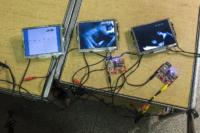
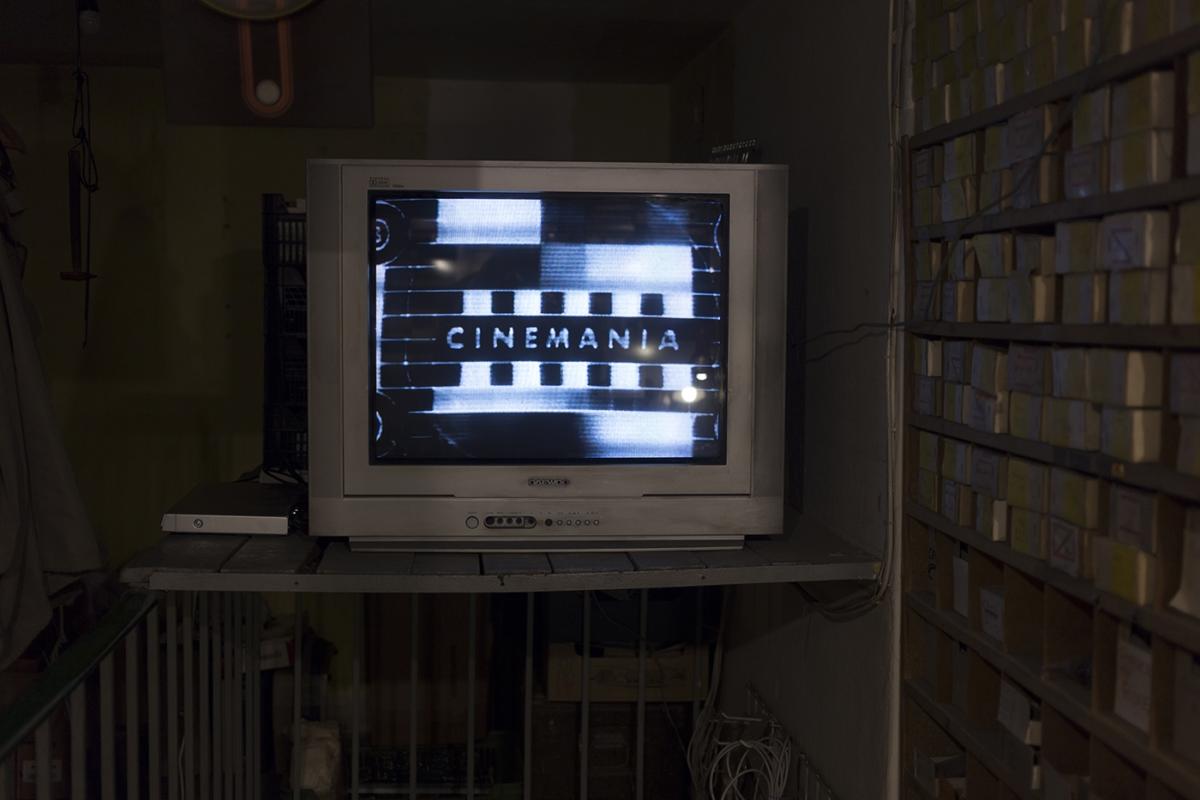

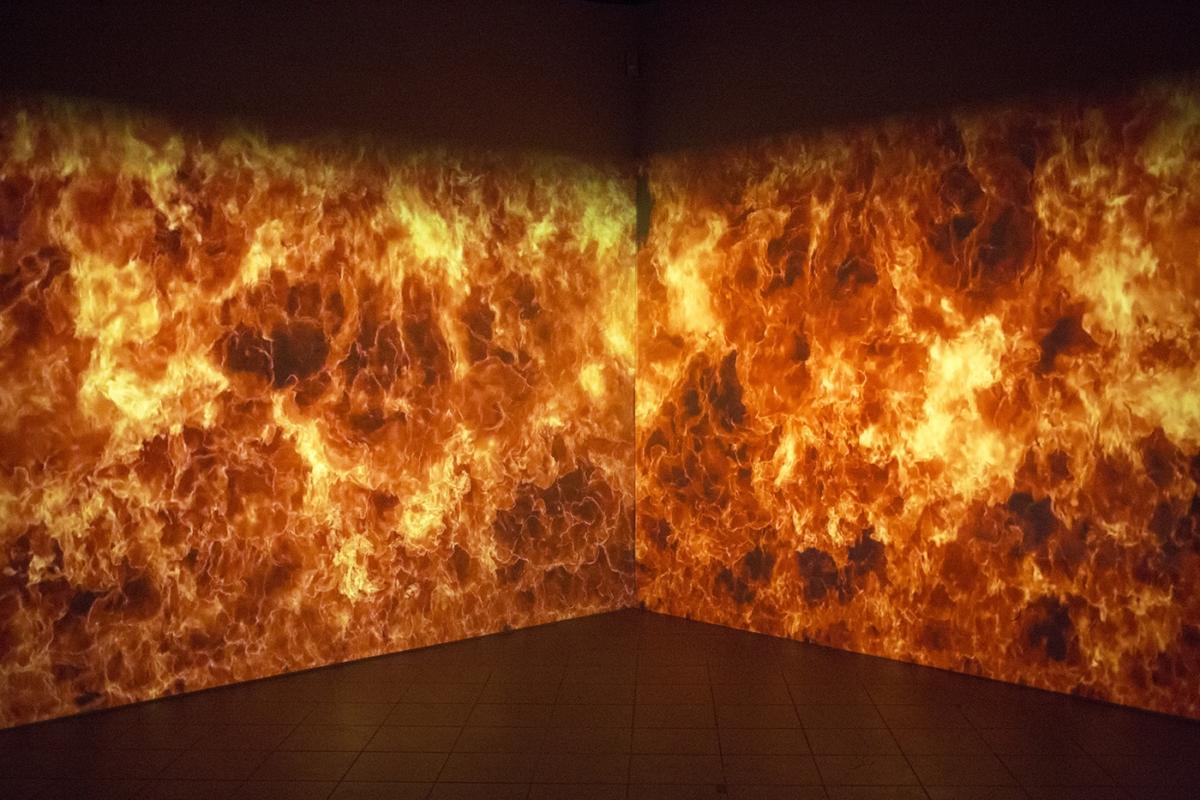

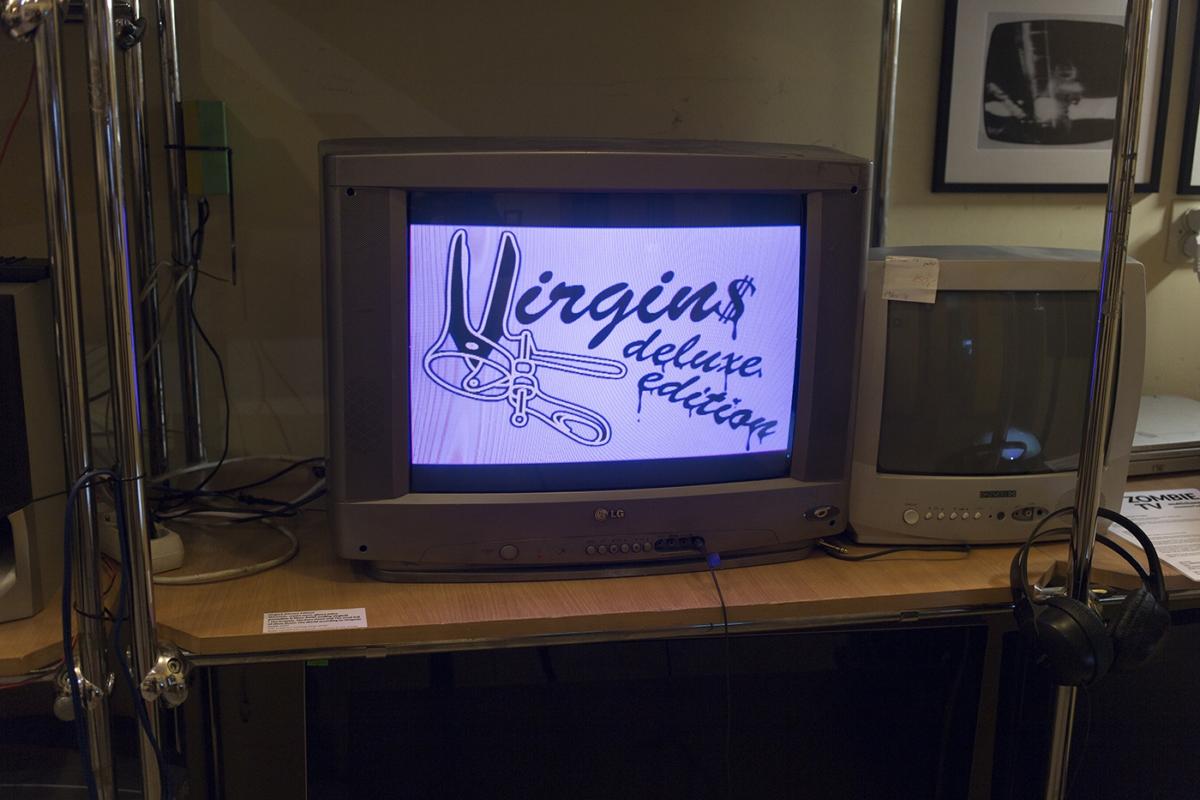



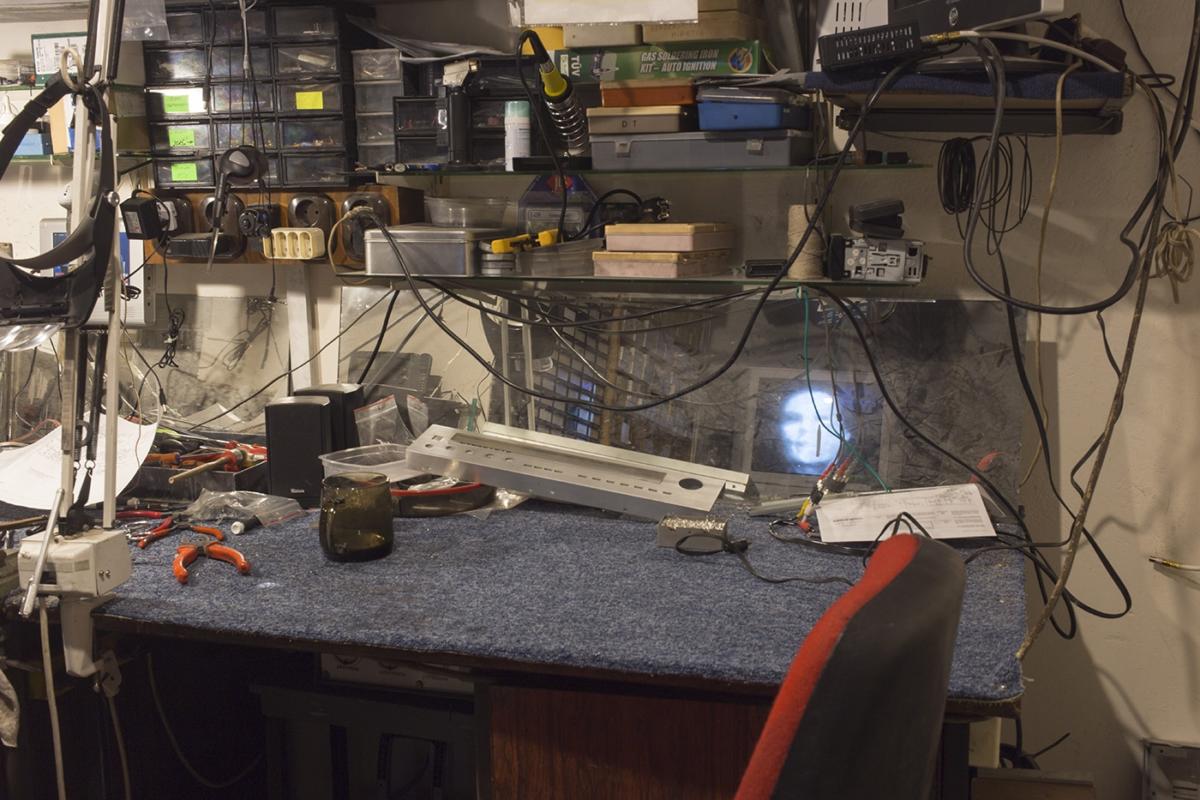
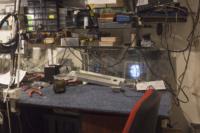


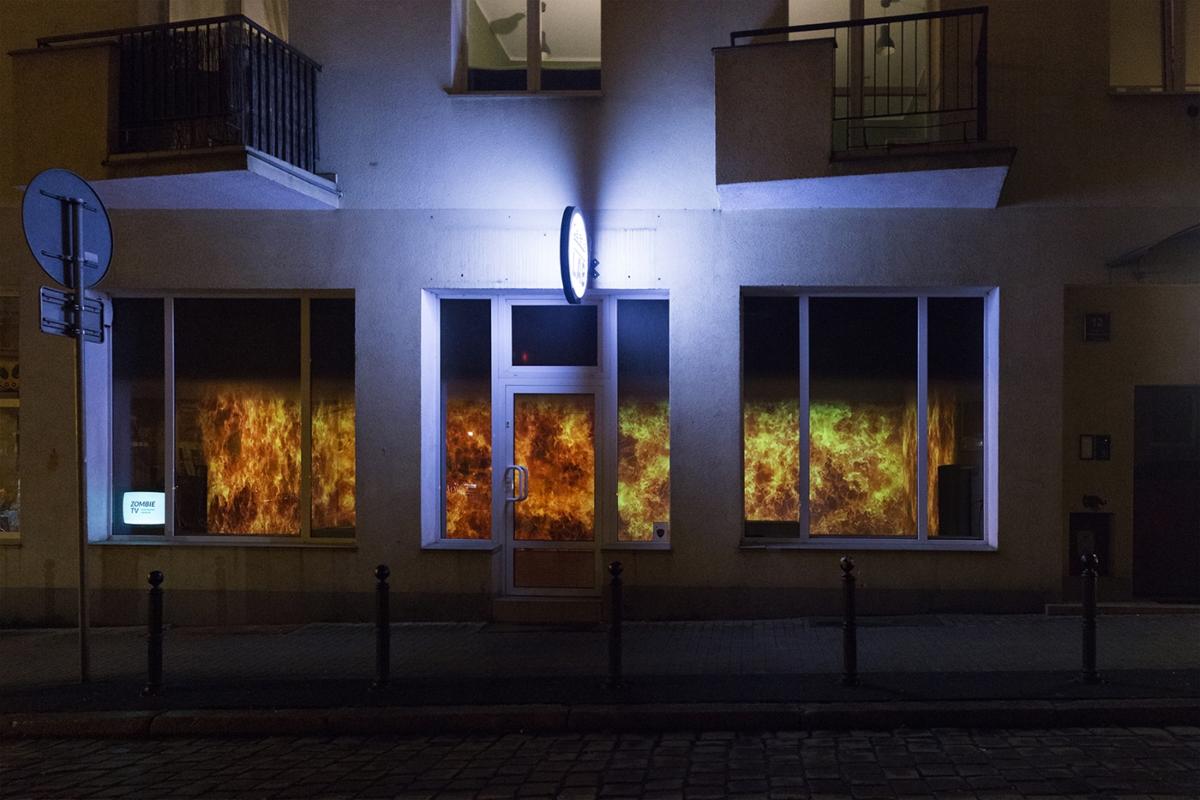
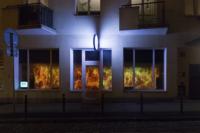
Obudziliśmy się z telewizyjnego snu. Czy lepiej widzimy świat, kiedy nie przesłania go szklany ekran? Cóż, niekoniecznie; są inne ekrany – ale to już inna historia. Tymczasem telewizja wciąż nadaje, ale jest to już głos z medialnych zaświatów – symptomy życia po życiu.
Wystawa Zombie TV pomyślana jest jako szkic do epitafium dla telewizji, jej wielokonałowe, fragmentaryczne mauzoleum. Składają się na nie prace artystów i artystek, którzy na różnych etapach historii telewizji podejmowali dialog i polemikę z tym medium, dokonywali interwencji w jego materię, a nawet prób jego wywrotowego przejęcia. Pokazujemy realizacje, których autorzy i autorki nie zgodzili się na rolę biernych telewidzów, ani kolaborantów, lecz różnymi środkami starali się – z powodzeniem – ustanowić kontrolę jednostki nad adresowaną do zbiorowości emisją.
W spadku po epoce telewizyjnej pozostały nam kineskopowe odbiorniki – duże, ciężkie, nieporęczne i rozpaczliwie analogowe urządzenia; niepozbawione jednak materialnego uroku, na który artyści, od czasów Nam June Paika, nie pozostawali przecież obojętni. To właśnie kineskopowe telewizory w sensie technicznym są podstawowym medium naszej wystawy. Kineskopowy odbiornik, relikt zdezaktualizowanej technologii, jest również zombie, podobnie jak sama telewizja.
Żywy trup, jak każdy upiór, to straszna figura. Za życia, telewizja jako narzędzie kontroli umysłów, też bywała złowieszcza. Tak się składa, że otwieramy wystawę w wigilię 13 grudnia. Ważnym czasoprzestrzennym punktem odniesienia Zombie TV są lata 80. w Polsce. Tamte czasy – epokę i miejsce, w których telewizja jak najściślej i najjawniej związana była z praktykami totalitarnej kontroli – powracają m.in. w pracach Józefa Robakowskiego i Igora Krenza; przypominając o kompromitującej politycznej historii tego medium – historii, z której morał jest aktualny również współcześnie. Mimo pozornej dysproporcji sił, sztuka okazuje się skutecznym narzędziem oporu przed potężnym strumieniem perswazyjnej emisji.
Sztuka może być także wirusem infekującym telewizyjną tkankę, jak dzieje się to w pracach Sędzi Głównego, Virgins Deluxe Edition czy Kuby Bąkowskiego.
Zombie to figura straszna, ale również, fascynująca; nieprzypadkowo opowieści grozy z udziałem żywych trupów cieszą się takim powodzeniem. Podobnie jest z telewizją. W głębszych warstwach tego medium, pod powierzchnią manipulatorskich, propagandowych, reklamowych lub po prostu ogłupiających przekazów, kryją się mniej oczywiste byty – odbijające się w telewizyjnym szumie promieniowanie kosmiczne, elektromagnetyczne abstrakcje, widma i powidoki. Telewizja ma również swój wymiar duchowy, jest medium – w sensie dosłownym, którego dotykają w swojej pracy m.in. Natalia Osuch & Dominik Rudasz. Idąc tym tropem przywołujemy – za pośrednictwem pracy WROcenter Group – kulminacyjny moment zarówno w historii telewizji, jak i nastawionej na permanentną ekspansję cywilizacji nowoczesnej – chwilę, w której ludzkość naprawdę wykroczyła poza swój świat, przeżywając to zdarzenie w formie transmisji na żywo z lądowania człowieka na księżycu.
Prologiem i zarazem epilogiem wystawy jest instalacja Michała Frydrycha, przewrotnie poświęcona nieobecności telewizji. Gdzie się podziała? Jeżeli jest martwa, i nie ma jej tu, to najprawdopodobniej smaży się w piekle!
Stach Szabłowski
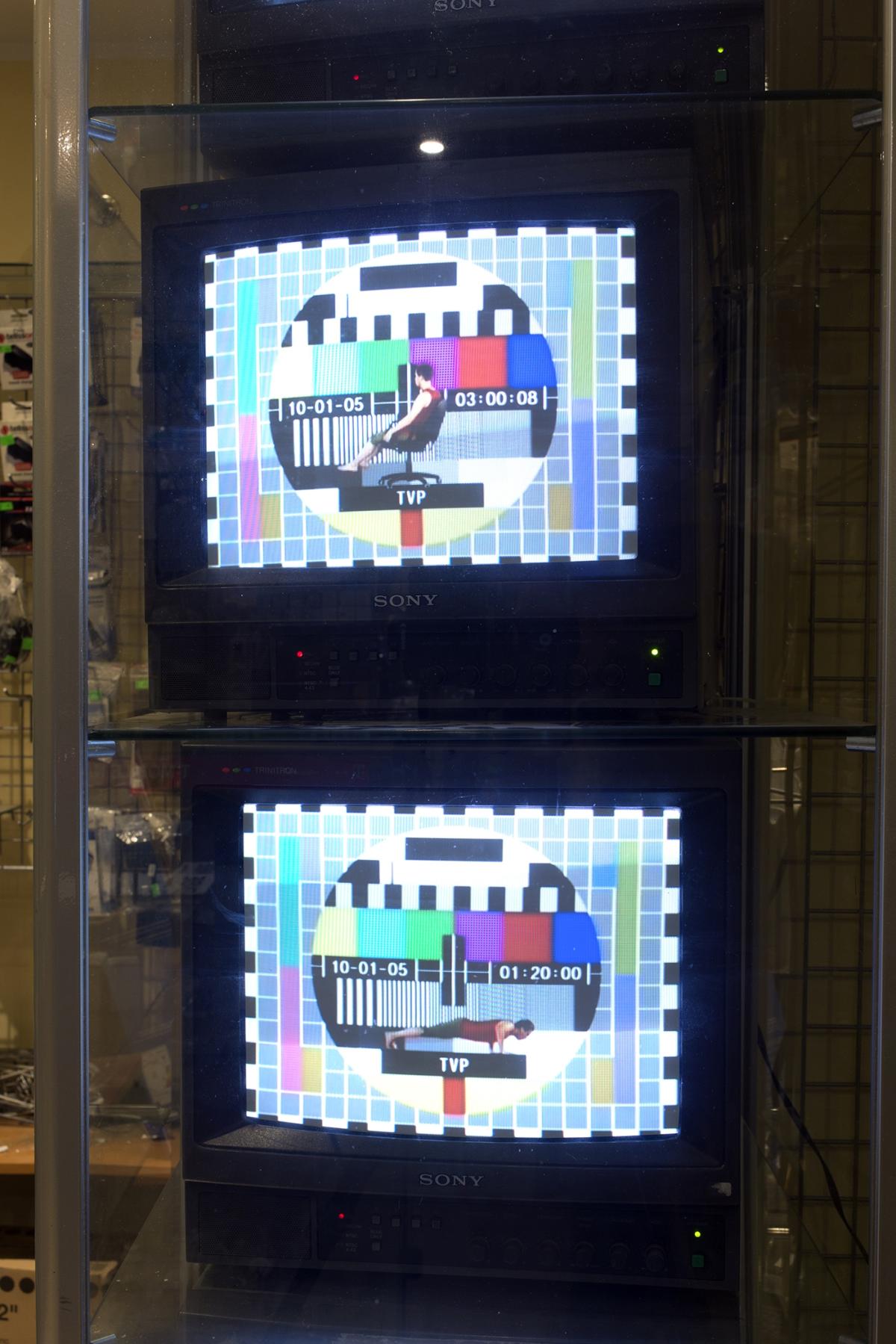
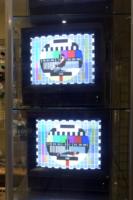

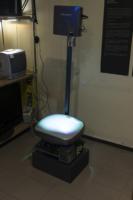


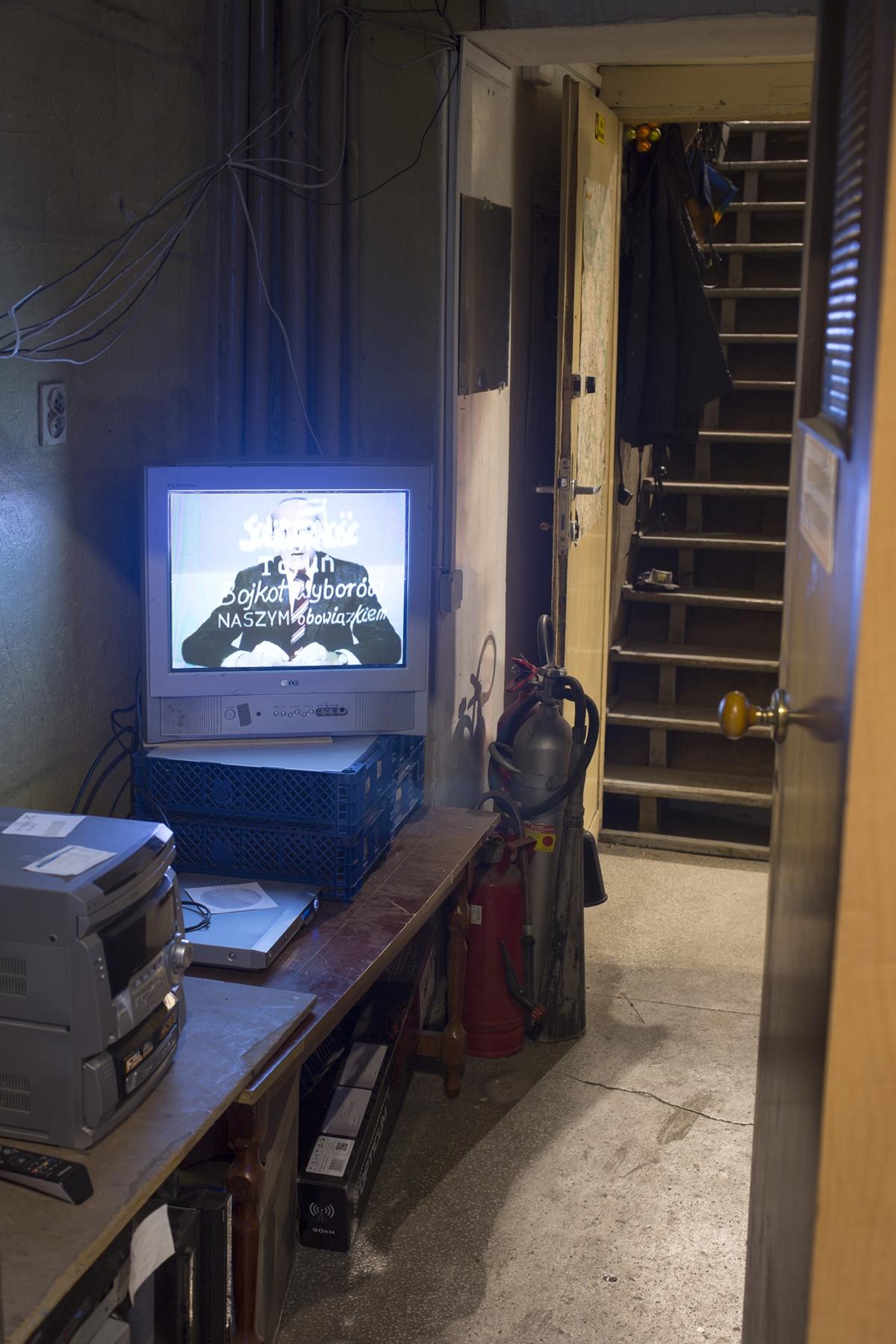
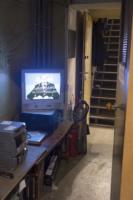


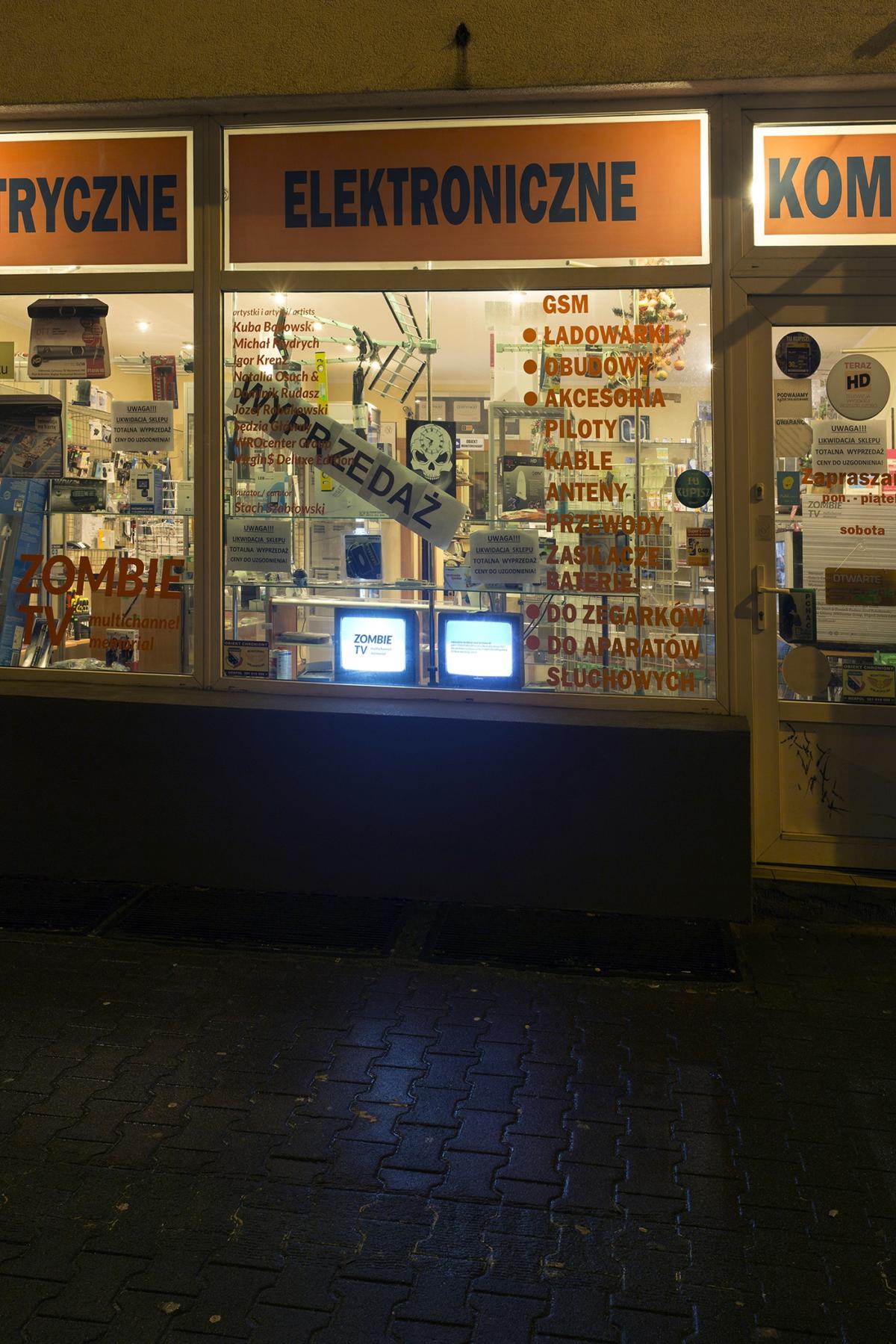

ENG
The protagonist of the exhibition is a zombie – television as a living corpse. It is difficult to determine the exact moment of television’s death; it was rather a long agony consisting of unobtrusive, almost unnoticeable convulsions. It is easier to identify the perpetrators: the internet and the progress of communication technologies.
In the twentieth century, numerous coups began with an assault on a local television tower. Whoever controlled the television controlled the reality. The dictatorship of Ceauşescu, ‘the Genius of the Carpathians’, came to an end when rebels took control of the National Television Tower in Bucharest. The capture and defence of the TV tower in Vilnius led to the collapse of the Soviet regime in Lithuania. The 1991 coup d’état in the USSR ended in a fiasco when coupists failed to take the Ostankino Tower in Moscow out of Borys Yeltsin’s hands.
The second half of the twentieth century was the time of global television hypnosis. Authoritarian authorities hypnotised viewers with their centralized, single-channel propaganda programmes. The dispersed power of capital did the same thing using its colourful, advertising, multichannel version of propaganda. Surprisingly, the paths of liberal capitalism and political authoritarianism, elsewhere divergent, met on the road to a television studio. Medium is the message.


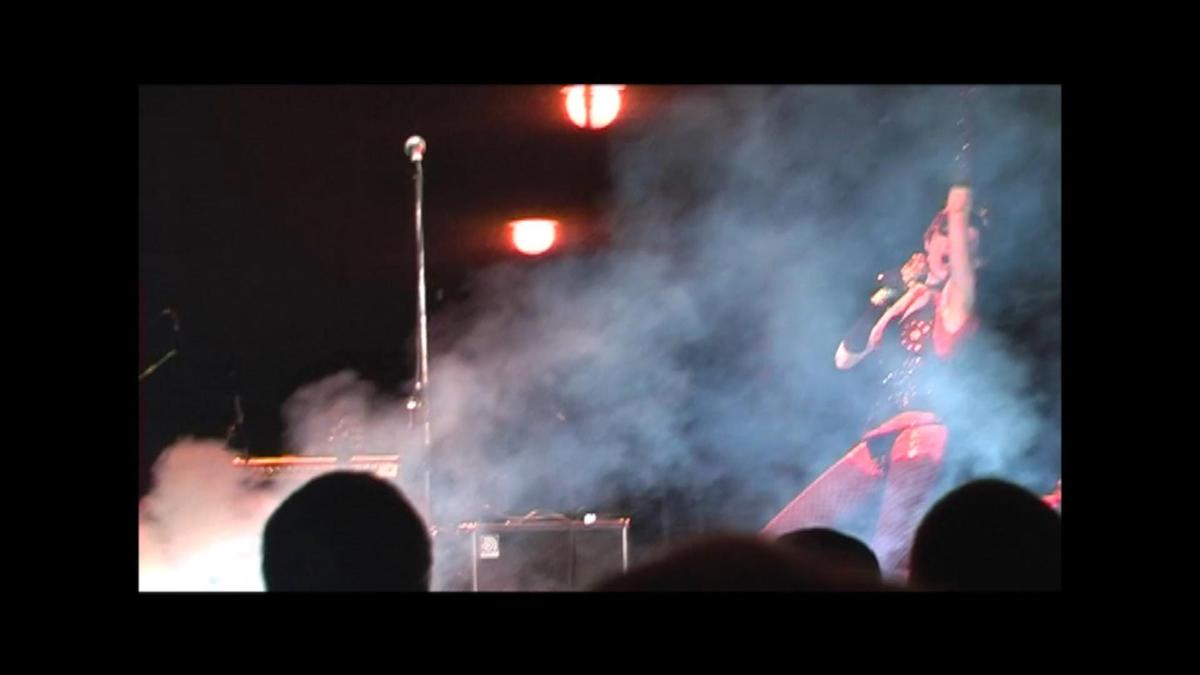
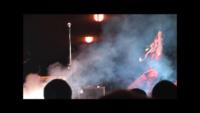

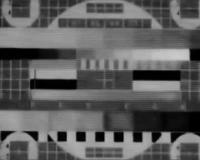
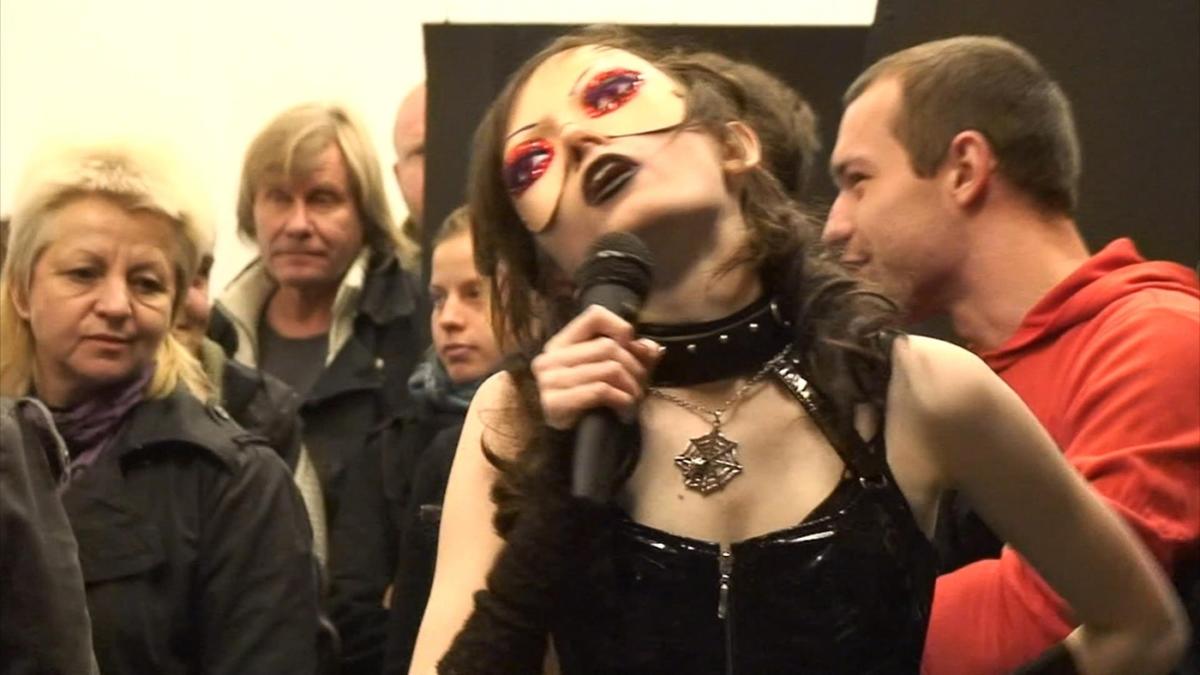


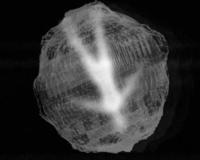
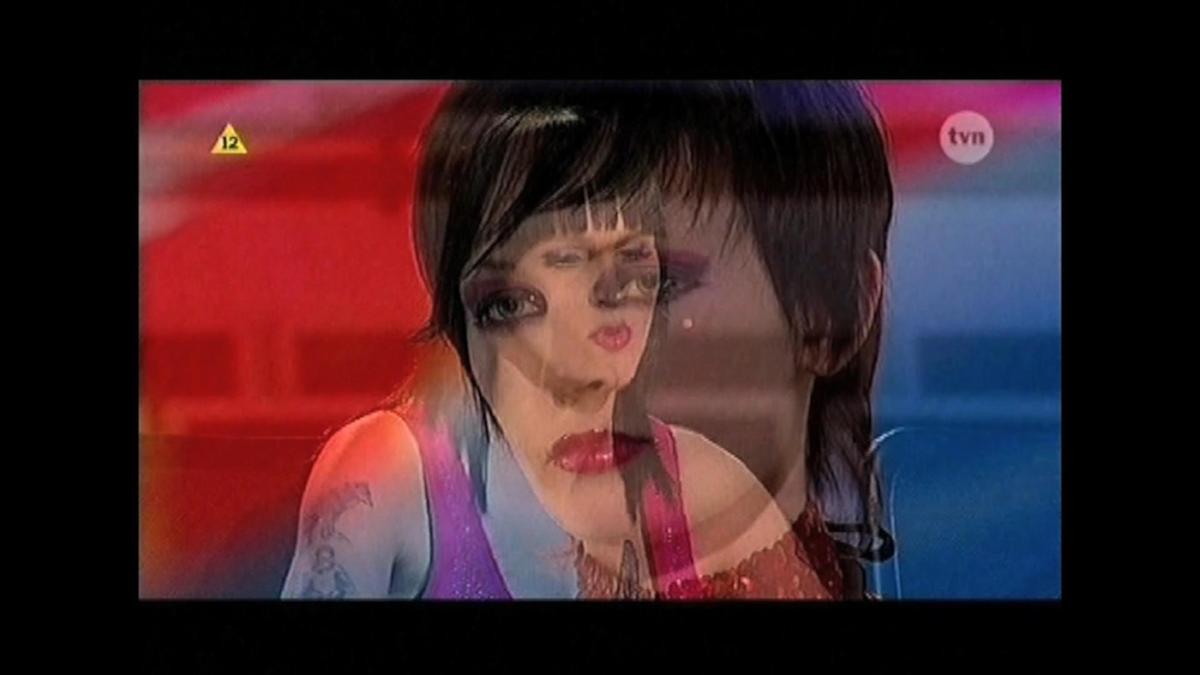

We have woken up from the television dream. Can we better see the world that is no longer obscured by the glass screen? Well, not necessarily; there are other screens, but that is another story. Meanwhile, television continues to broadcast its materials, but it is already a voice from the media grave – symptoms of life after life.
The exhibition entitled ‘Zombie TV’ is conceived as a sketch for an epitaph for television, its multichannel, fragmentary mausoleum. It consists of works by artists, who, at various stages of the history of television, entered into a dialogue and debate with this medium, intervened in its matter and even attempted to take it over in a subversive manner. We show projects whose authors did not agree to be passive television viewers or collaborators, but used various means to – successfully – establish their individual control over programmes addressed to a community.
We have inherited CRT receivers – large, heavy, bulky and desperately analogue devices. From the time of Nam June Paik, artists have not been indifferent to the material charm that these objects have nevertheless retained. It is CRT receivers that are the basic medium of the exhibition in a technical sense. A CRT receiver, a relic of outdated technology, is also a zombie, just like television itself.
A living corpse, like any ghost, is a terrible figure. When alive, television was also ominous as a tool for mind control. We are opening the exhibition on the eve of 13 December . The 1980s in Poland are an important spatial and temporal reference point of ‘Zombie TV’. That time – the epoch and the place where television was most closely and most clearly associated with totalitarian control – returns in the works by Józef Robakowski and Igor Krenz, among other artists. They recall the compromising political history of this medium – the lesson from the history remains valid today. Despite the apparent disproportion of forces, art proves to be an effective tool of resistance against a powerful stream of persuasive broadcasting.
Art can also be a virus infecting TV tissue, as is the case in the works by Sędzia Główny, Virgins Deluxe Edition and Kuba Bąkowski.
A zombie is a scary, yet fascinating figure. It is no coincidence that horror stories featuring the living dead are so popular. It is likewise with television. In the deeper layers of this medium, beneath the surface of manipulative, propaganda, advertising or simply stultifying messages, there are less obvious beings – cosmic rays, electromagnetic abstractions, ghosts and afterimages are reflected in television noise. Television also has its spiritual dimension and is a medium in a literal sense. This issue is touched upon by artists such as Natalia Osuch & Dominik Rudasz. Furthermore, the work by the WROcenter Group refers to the climax in both the history of television and the permanently expanding modern civilization – the moment when humanity really transcended its world and experienced this event by watching a live broadcast of a human landing on the moon.
The prologue and at the same time the epilogue of the exhibition is the installation by Michał Frydrych, perversely alluding to the absence of television. Where did it go? If it is dead and absent, it is probably burning in hell!
Stach Szabłowski
Przypisy
Stopka
- Osoby artystyczne
- Kuba Bąkowski, Michał Frydrych, Igor Krenz, Natalia Osuch & Dominik Rudasz, Józef Robakowski, Sędzia Główny, WROcenter Group, Virgin$ Deluxe
- Wystawa
- ZOMBIE TV Multichannel Memorial
- Miejsce
- Galeria Curators’Lab, Poznań
- Czas trwania
- 13.12–30.12.2017
- Osoba kuratorska
- Stach Szabłowski
- Strona internetowa
- uap.edu.pl






